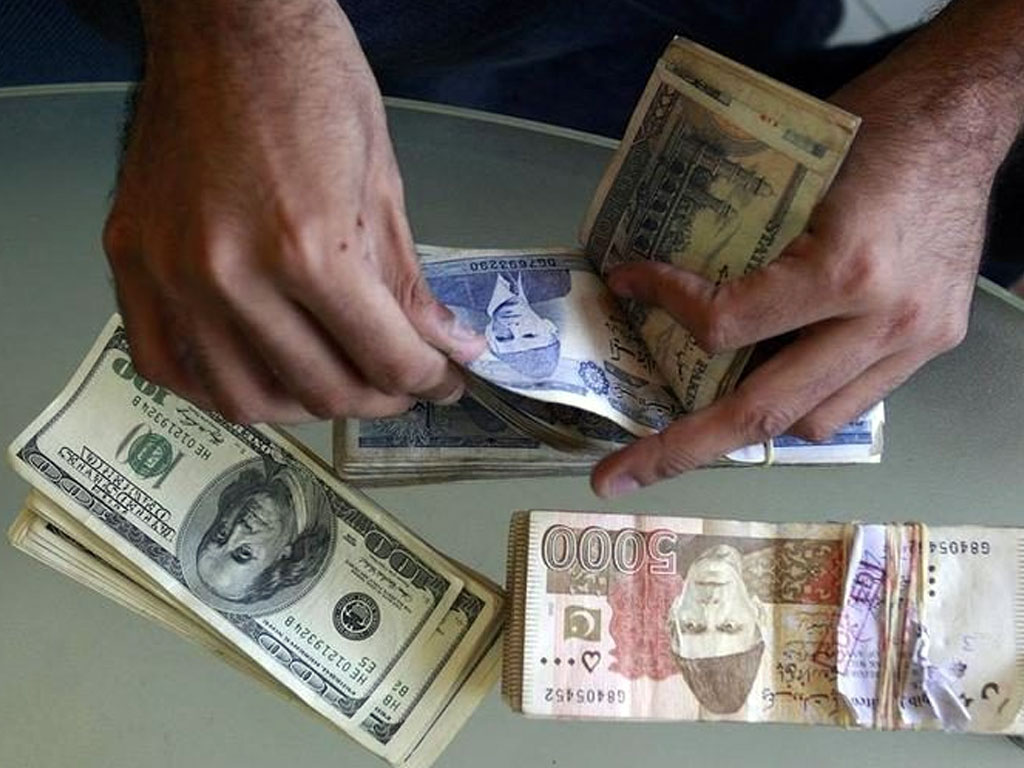Surge in external economic assistance

As per commitments to the IMF, external financing continues to roll this fiscal. In the first half ended December 31, 2019, foreign economic assistance totaled $5.78 billion, as per latest data from the (EAD). That figure is a yearly growth of 150 percent – or 2.5 times – over the year-ago period. Much of that jump is owed to the Manila-based multilateral lender.
Significant growth is observed under both heads of external financing – grants and loans. However, “grants” are still a minority in the mix, accounting for 7 percent of external financing (excluding commercial borrowing). This share is also lower than 9 percent seen in 1HFY19. There are ways through which EAD can beef up grants’ concentration. (Read “Foreign grants: taken for granted?” published December 5, 2019).
Still, foreign grants have done well thus far, as Pakistan received grants worth $256 million in 1HFY20, up from $160 million in the same period last fiscal. It is bilateral donors that lead the pack, with the UK providing $122 million, mostly for BISP funding and education projects in Punjab and Khyber Pakhtunkhwa.
The US followed with $35 million, mostly for water and education sector projects and for development in KP and Fata. Among the multilaterals, it is the Asian Development Bank (ADB) that leads with a grant disbursement of $38 million. The projects funded are in the fields of public-private partnership and transportation.
As for loans, receipts totaled $5.5 billion in 1HFY20, significantly up from $2.1 billion in 1HFY19. Within the bilateral loans of $525 million, China leads with $392 million, which is less than half of the financing that was disbursed in the same period last fiscal. Most of the Chinese loans fed CPEC-linked projects such as Havelian-Thakot and Multan-Sukkur motorway projects. Korea also loaned $93 million, mostly for energy-sector reforms. Saudi Arabia provided $407 million under a short-term facility for oil purchases.
Within the multilateral loans of $2.8 billion, ADB leads with $2.1 billion, an amount that is seven times what was released in 1HFY19 by the Manila-based lender. Majority of the ADB-released loan financing in the period went towards programs that are meant for economic stabilization, trade & competitiveness, and energy and transportation sectors.
The ADB’s score was remotely followed by $408 million by the Islamic Development Bank, under short-term facilities offered for the import of crude oil. That figure is also much higher than $272 million released in 1HFY19 under the same head. Another $233 million was disbursed by World Bank institutions, more than double compared to same period last fiscal, for projects in several sectors across the country.
Further raising the external financing receipts was the fact that Pakistan raised $1.8 billion from commercial banks. That figure is up from around $500 million in same period last year. Within these commercial loans, $700 million were sourced from China Development Bank, $564 million from Dubai Bank, and remaining from a number of private banks including Credit Suisse, Citi Bank and SCB London.
























Comments
Comments are closed.